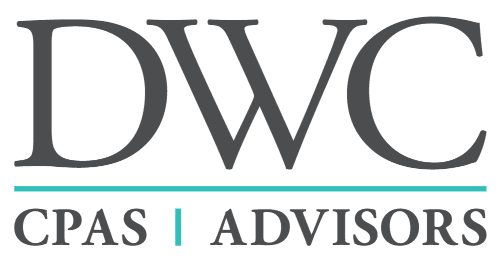The single greatest advantage any company can achieve is organizational health. Yes, it is ignored by most leaders even though it is simple, free, and available to anyone who wants it.
I am always a fan of Patrick Lencioni and I try to gobble up every book he writes. His 2012 book, The Advantage, is one of those books every leader should have on their “must-read” list. Lencioni does a masterful job of making the case that “organizational health” is the most powerful advantage to be achieved by any organization.
So, what is organizational health? At its core, organizational health is about integrity, but not in the ethical or moral way that integrity is defined so often today. An organization has integrity – is healthy – when it is whole, consistent, and complete, that is, when its management, operations, strategy, and culture fit together and make sense.
Now, that may be a little too vague of a description (and it certainly feels vague to me). So, let’s think about organizational health a little differently. Any organization wanting to maximize its success must come to embody two basic qualities: it must be smart, and it must be healthy.
Smart Versus Healthy
Smart organizations are good at those classic fundamentals of business like strategy, marketing, finance, and technology. These fundamentals can be thought of as decision sciences. Business leaders every day are making decisions around new marketing campaigns, creative financing arrangements to help bolster the balance sheet and strategic plans involving new product lines, services and markets. Being smart is only half the equation, yet somehow it occupies almost all the time, energy and attention of most business leaders.
So how do you recognize a healthy organization? A good way to recognize health is to look for certain signs which would include: minimal politics, minimal confusion, high degrees of morale, high degrees of productivity, and very low turnover among good employees. You, as a business leader, may be contemplating these signs of organizational health and find yourself nervously smiling or laughing or even asking yourself, “Wouldn’t it be nice?” or, “Can you imagine?” If you did, please don’t feel alone. I have asked these same questions numerous times and am even sporting that nervous smile as I sit here writing this article.
I believe that even the most cynical of leaders would not deny that their companies would be transformed if they could achieve the characteristics of a healthy organization. So, why don’t leaders spend more time and energy on making their organizations healthier? Because most leaders prefer to look for answers where the light is better, where they are more comfortable. And the light is certainly better in the measurable, objective, and data-driven world of organizational intelligence (the smart side of the equation) than it is in the messier, more unpredictable world of organizational health. However, in this day and age of real-time data and nanosecond technology change, it is harder than ever to maintain a competitive advantage based on intelligence alone (the smart side of the equation). Don’t get me wrong – it is still important for organizations to be smart and work the dials of marketing, finance and strategy. However, the smart part of the equation has become something of a commodity, or a permission to play standard required for having even a possibility of success.
An organization that is both smart and healthy will undoubtedly achieve a greater level of performance and success. An organization that is healthy will inevitability get smarter over time. That’s because people in a healthy organization, beginning with the leaders, learn from one another, identify critical issues, and recover quickly from mistakes. Without politics and confusion getting in their way, they rally around solutions much faster than their dysfunctional and political rivals do. A good way to look at organization health is to see it as the multiplier of intelligence (smarts). The healthier an organization is, the more of its intelligence it is able to tap into and use.
Finally, what might a leadership team do to build a healthier organization? The answer could make up a series of future articles. So, for simplicity I will summarize what Patrick Lencioni goes into in his book The Advantage. First and foremost, any leadership team of any organization must commit to making itself cohesive through building trust, engaging in healthy conflict, committing to decisions, holding each other accountable and being focused on results. Then, the cohesive leadership team must create, reinforce and over communicate clarity around the organization’s core values, core purpose, vision and strategy. Sounds easy right? Wrong! As a newly minted CEO I can tell you it takes persistence, patience and hard work and there will be many days of making mistakes and dealing with failure and uncertainty. However, the prize of working with great people inside of a healthy organization is worth the effort and the pain.
Chris West, CPA, is the CEO of Dalby, Wendland & Co. He is a Colorado native and started with Dalby Wendland in 1996 after graduating with a BS in accounting from Colorado Mesa University in Grand Junction. He became a tax principal in 2009. He has also served as the Principal In Charge of the Local Office for Grand Junction and board treasurer. As CEO, Chris’s focus is on firm leadership and vision direction, including operations, people, client service, technology, and overall growth strategies.




